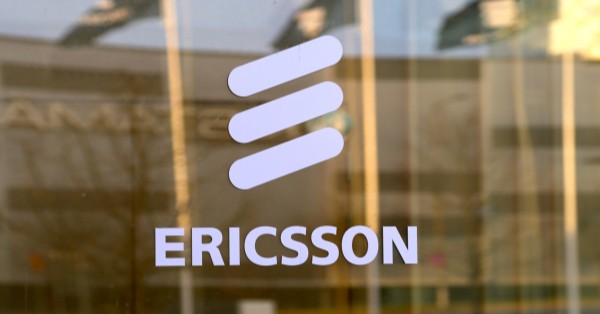The U.S. General Services Administration (GSA) released easy-to-understand guidelines to assist federal agencies in acquiring secure fifth-generation (5G) wireless technology, which offers improved data transfer rates, energy efficiency, capacity, device connectivity, and other advantages.
The GSA’s “Acquisition Guidance for Procuring 5G Technology” is part of a collaborative, multi-agency effort to establish and disseminate best practices for efficient 5G implementation.
Each new generation of mobile technology has brought about faster speeds and expanded support for various services. From 1G enabling cell phones to 4G long-term evolution (LTE) delivering streaming video and rapid mobile internet access, mobile technology has become a global economic force.
Federal Acquisition Service Commissioner Sonny Hashmi said, “5G networks have the potential to be faster, more reliable, and serve many more devices — and could provide infrastructure to help with everything from smart buildings to telemedicine.” He added that the guidance aims to help the government maximize the benefits of secure 5G for the American public.
In response to the Secure 5G and Beyond Act of 2020, the federal government developed a four-pronged strategy for securing next-generation mobile telecommunications systems and infrastructure. The National Strategy to Secure 5G outlines how the U.S. will lead the global development, deployment, and management of secure and reliable 5G infrastructure.
One aspect of this strategy focuses on minimizing supply chain risks to U.S. economic and national security during the worldwide development and deployment of 5G infrastructure. The GSA was tasked with creating acquisition processes that facilitate secure 5G infrastructure for classified information requirements.
Laura Stanton, GSA’s Assistant Commissioner for the Office of Information Technology Category, said the guidance consolidates best practices from across the government and will greatly benefit federal IT managers, contracting offices, and industry partners in building secure 5G systems.
The guidelines direct agencies and vendors towards Best-In-Class acquisition vehicles that offer secure 5G services. The document, drafted by experts from the ITC’s Wireless Mobility Solutions program and refined through feedback from other agencies, will be periodically reviewed and updated to adapt to evolving technology, ensure accurate governmentwide cybersecurity requirements, and incorporate stakeholder feedback.
The guidance is available as a white paper, a PDF, or in print through GSA’s Centralized Mailing List Service. For questions, email wireless@gsa.gov.
























